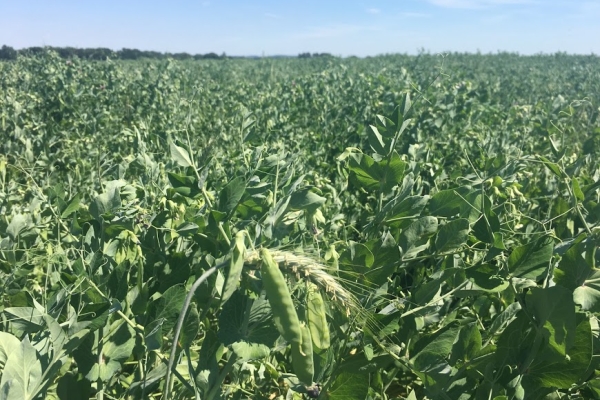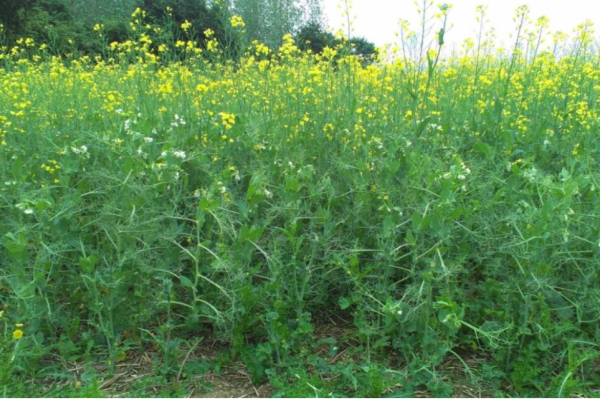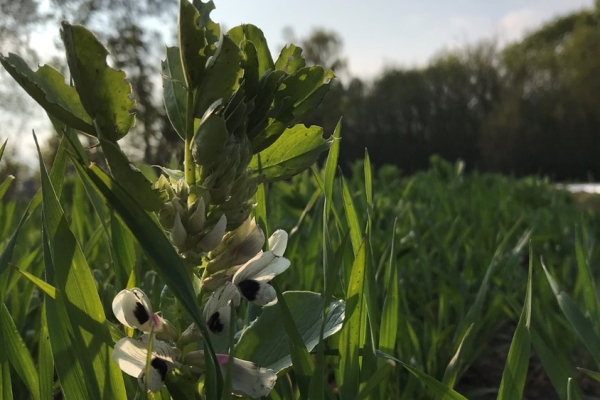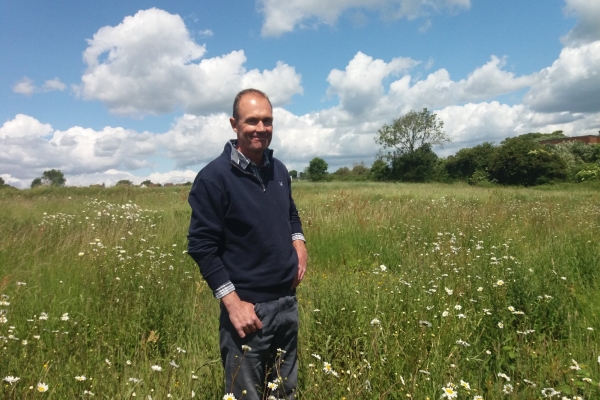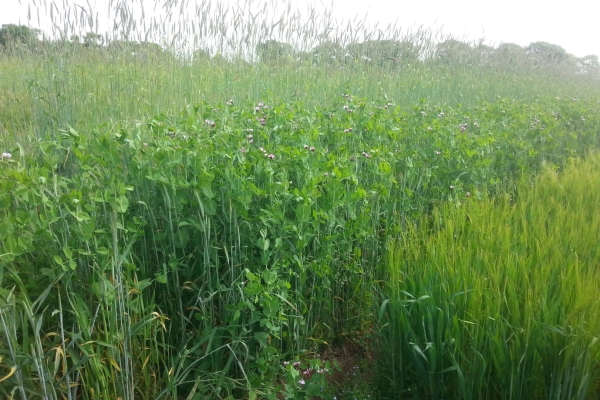Virtual Field Day: Crop Mixtures
Resource explained
Crop mixtures (growing of two or more crops together) have been found to have beneficial impacts on weed control, standing ability, pest and disease control, and to contribute to increased or more stable yield per land area. This virtual field day, held on August 11th 2020 and in collaboration between Agricology and James Hutton Institute and the SEAMS and DIVERSify projects, brings together insights from farmer experience and scientific research into the role of crop mixtures to address different agronomic issues and discuss some of the practicalities and end uses. It featured Rob Brooker and Ali Karley (James Hutton Institute) giving an overview of crop mixtures in research and practice, Andrew Gilchrist (Scottish Agronomy) talking about experiences of trialling 7 different cereal-legume mixtures, Gordon Cairns (Stracathro Estates) on growing beans and rye for whole crop (AD) and Charlotte Bickler (Organic Research Centre) on selecting mixtures and what to do with the end product.
Findings & recommendations
- View slides from the event here
- Listen to a LEAF podcast featuring Ali Karley and Rob Brooker from the James Hutton Institute talking about the benefits of intercropping and the SEAMS and DIVERSify projects here.
- This video introduces the SEAMS project and farmer trials:
- Charlotte Bickler talks about working with the DIVERify intercropping group in England and Wales (which is also linked to the Innovative Farmers programme), sharing some trials farmers have been doing. One of the farmers is Andy Howard, director of Bockhanger Farms Ltd in Kent, who supplys lentils to Hodmedod’s (who work with farmers to source and produce a range of pulses and grains). Watch a DiverIMPACTS video of Andy talking about his trials here:
- Access the SEAMS project website here.
- Access the DIVERSify project website here.
- View information on a trial run at the University of Reading Crop Research Centre in 2018/19 comparing intercrops of beans and triticale to monocrops, looking at the impact on weed control, lodging and yield here.



